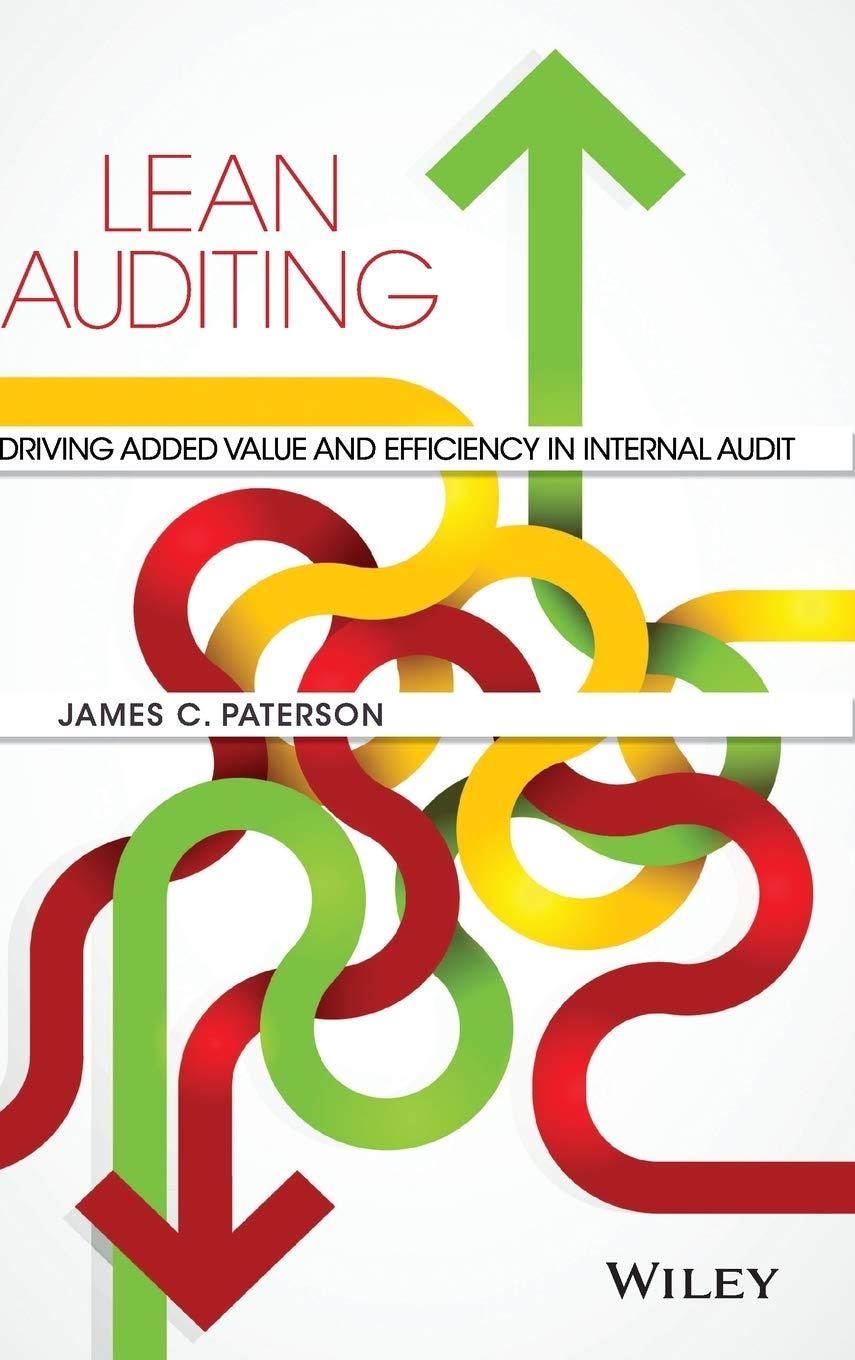


Forward exchange contract designated as a fair value hedge of a foreign-currency-denominated accounts receivable, weakening $US On October 15, 2018, our company sells to a retailer located in Austria 12,000 units of a product at a sales price of 55 per unit, and we require payment in Euros (). The exchange rate on the date of sale is $1.29:1, and the due date for payment is January 15, 2019. To mitigate the risk of exchange rate fluctuations between the sale date and the collection date, on October 15, 2018, our company enters into a forward contract with an exchange broker. The contract obligates our company to deliver 660,000 on January 15, 2019, while we lock in the $US we will receive on that date at the forward rate of $1.33:1 (i.e., the forward rate on October 15, 2018 for settlement on January 15, 2019). Assume this derivative qualifies as a fair value hedge, and our company's functional currency and reporting currency is the $US. The following table includes the spot rates, forward rates, and related values of the accounts receivable and forward contract on October 15, 2018, December 31, 2018, and January 15, 2019. When computing fair values, ignore discounting. FC Accounts Receivable Derivative-Forward Forward a Rate FV Asset Change in Carry Val. ($US = 1) (Liability)b Change in FV Date October 15, 2018 December 31, 2018 January 15, 2019 1.33 Spot Rate Carrying ($US = 1) Value 1.29 $851,400 1.40 924,000 1.44 950,400 1.41 $72,600 26,400 $(52,800) $(52,800) (72,600) (19,800) 1.44 b a For settlement on January 15, 2019 Ignore discounting in the computation of fair values. a. Prepare the journal entries to record the sale and all adjustments required for the accounts receivable and forward contract at October 15, 2018, December 31, 2018, and January 15, 2019. Note: If no entry is required, select "No entry" as your answers under Description and leave the debit and credit answers blank (zero). Hedged Transaction Date Description Debit Credit 10/15/18 No entry No entry 12/31/18 A - 1/15/19 A To record the change in the $US value. To record payment. FV Hedge Date Description Debit Credit 10/15/18 - 12/31/18 1/15/19 To record change in value. To record the net settlement. b. Reconcile to the forward rate at the forward contract's inception the net cash received for both the settlement of the receivable and the settlement of the forward-contract derivative. Net cash received from settlement of the receivable and forward-contract derivative is: $ c. What amount of sales was recognized in the quarter ending December 31, 2018? $ What amount of sales was recognized in the quarter ending March 31, 2019? $ What is the total amount of sales recognized across the quarters ending December 31, 2018, and March 31, 2019? $ Forward exchange contract designated as a fair value hedge of a foreign-currency-denominated accounts receivable, weakening $US On October 15, 2018, our company sells to a retailer located in Austria 12,000 units of a product at a sales price of 55 per unit, and we require payment in Euros (). The exchange rate on the date of sale is $1.29:1, and the due date for payment is January 15, 2019. To mitigate the risk of exchange rate fluctuations between the sale date and the collection date, on October 15, 2018, our company enters into a forward contract with an exchange broker. The contract obligates our company to deliver 660,000 on January 15, 2019, while we lock in the $US we will receive on that date at the forward rate of $1.33:1 (i.e., the forward rate on October 15, 2018 for settlement on January 15, 2019). Assume this derivative qualifies as a fair value hedge, and our company's functional currency and reporting currency is the $US. The following table includes the spot rates, forward rates, and related values of the accounts receivable and forward contract on October 15, 2018, December 31, 2018, and January 15, 2019. When computing fair values, ignore discounting. FC Accounts Receivable Derivative-Forward Forward a Rate FV Asset Change in Carry Val. ($US = 1) (Liability)b Change in FV Date October 15, 2018 December 31, 2018 January 15, 2019 1.33 Spot Rate Carrying ($US = 1) Value 1.29 $851,400 1.40 924,000 1.44 950,400 1.41 $72,600 26,400 $(52,800) $(52,800) (72,600) (19,800) 1.44 b a For settlement on January 15, 2019 Ignore discounting in the computation of fair values. a. Prepare the journal entries to record the sale and all adjustments required for the accounts receivable and forward contract at October 15, 2018, December 31, 2018, and January 15, 2019. Note: If no entry is required, select "No entry" as your answers under Description and leave the debit and credit answers blank (zero). Hedged Transaction Date Description Debit Credit 10/15/18 No entry No entry 12/31/18 A - 1/15/19 A To record the change in the $US value. To record payment. FV Hedge Date Description Debit Credit 10/15/18 - 12/31/18 1/15/19 To record change in value. To record the net settlement. b. Reconcile to the forward rate at the forward contract's inception the net cash received for both the settlement of the receivable and the settlement of the forward-contract derivative. Net cash received from settlement of the receivable and forward-contract derivative is: $ c. What amount of sales was recognized in the quarter ending December 31, 2018? $ What amount of sales was recognized in the quarter ending March 31, 2019? $ What is the total amount of sales recognized across the quarters ending December 31, 2018, and March 31, 2019? $









